Tokenization is transforming the way we perceive and interact with assets of value. Here are types of tokenization in different functions.
Many would assume that asset tokenization occurred around the same time as cryptocurrency. In reality, tokenization has been used since the 1970s to safeguard data security in financial services. Many conventional businesses have been using tokenization for decades to secure sensitive and confidential information such as credit card numbers, financial statements, and personally identifiable information. The purpose is to make those data less vulnerable to hacking.
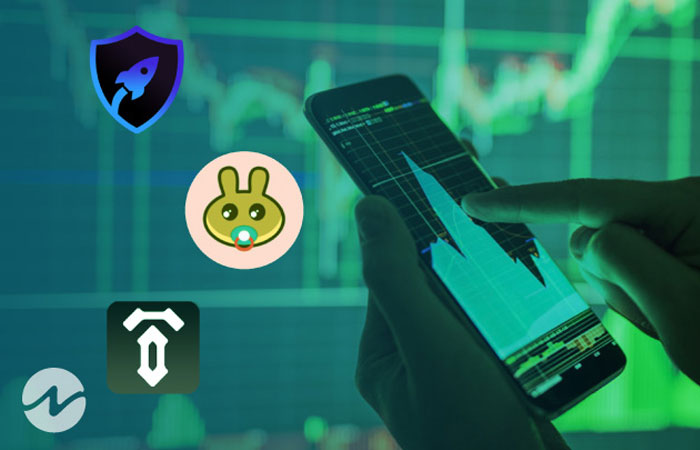
Most recently, the applications of tokenization have been found in the realm of Natural Language Processing (NLP) and blockchain technology. While digital payments make online transactions way more accessible, it also creates new threats to the user's personal data. This is why tokenization has become even more relevant in the digitalized world. In addition, tokenization also offers a new way of digitizing ownership rights and doing business. Hence, public interest in tokenization has significantly increased in the past few years. So, what is tokenization and what are the types of tokenization?
Contents
The Basic of Tokenization
In the simplest terms, a token represents a specific asset, whereas tokenization refers to the conversion of any type of asset into tokens. The concept of tokenization is to basically break down and replace sensitive information with a token that consists of a series of non-sensitive letters and numbers.
The application of tokenization can be found in various sectors. Traditionally, tokenization is used to protect personal data such as credit card numbers, patient records, and more. In the domain of NLP, tokenization is used to break down the text in natural language processing to enable improved ease of learning.
Meanwhile, in the context of blockchain, tokenization secures users' essential information as well as plays a part in converting real-world assets into digital assets. As a result, tokens are able to provide an easier exchange of ownership of indivisible assets through a blockchain network.
Tokenization Types for Payment Processing
These days, it's common for customers to make transactions with payment cards. However, data used in such transactions are vulnerable to attacks, so it's important to keep the environment safe from hackers. This can be done with tokenization. For example, if the payment card's number is "xxxxyyyzzz", then using tokenization would change it to "stghrwnsildmc67kd". It means that the real card number is unreadable, hence making it more secure.
In this case, two types of tokenization can be used, namely:
Vault Tokenization
Vault tokenization involves the use of a secure , which is often known as the tokenization vault . The aim of the is to store the sensitive data, as well as its corresponding non-sensitive data in a form of a table. By using the table of the sensitive and non-sensitive data, users can easily detokenize the newly tokenized data.
Basically, detokenization is the reverse process of tokenization where the user fetches their original data from the tokenized data in the vault. The most notable setback from this tokenization type is perhaps the extended processing time for detokenization due to the expansion in the size of the .
Vaultless Tokenization
Vaultless tokenization exists to overcome the issue in vault tokenization. Rather than maintaining a , vaultless tokenization uses cryptographic devices, making the process more efficient and secure. The cryptographic devices use algorithms that are based on certain standards for the conversion of sensitive to non-sensitive data. Thus, the tokens created using the vaultless tokenization method could be detokenized easier and faster.
Tokenization Types in NLP
Tokenization is also commonly found in Natural Language Processing (NLP). It is a fundamental step that involves the separation of a piece of text into smaller units called tokens. Tokenization plays a role in building a vocabulary consisting of all of the unique tokens in the system. This will help to process raw texts and make them easier to understand. In this case, tokenization can be classified into three categories:
Word Tokenization
Word tokenization is the most common form used in the NLP environment. It splits a piece of text into individual words according to a particular delimiter. Depending on the delimiter, different words of tokens can be formed.

One of the significant drawbacks with word tokenization is regarding Out of Vocabulary (OOV) words, which refers to the new words encountered at testing. These words haven't been added to the vocabulary yet, so it becomes unreadable. The trick to this issue is to form the vocabulary with the Top K Frequent Words and replace the rare ones in training data with Unknown Tokens (UNK). Therefore, any word that is not recorded in the vocabulary will be seen as a UNK token. But even so, it still doesn't entirely solve the issue because the entire information of the word is lost in the UNK tokens and every OOV word gets the same representation. Another drawback of word tokenization is the size of the vocabulary itself.
Character Tokenization
Character tokenization splits a particular text data into a set of characters. This could help in addressing the drawbacks of word tokenization. Character tokenization could help to manage the OOV words better by safeguarding the information about a specific word. It can break down the OOV word into characters and represent the word in these characters. Therefore, it can limit the size of the vocabulary.
The only notable setback is the rapid growth in the length of input and output sentences. It is challenging to figure out the relationship between the characters for rounding up meaningful words.
Subword Tokenization
As the name suggests, subword tokenization splits a piece of raw text into subwords (or n-gram characters). For instance, words like smarter can be segmented as smart-er, simplest to simple-st, and so on. The transformation-based models in NLP rely on subword tokenization to prepare the vocabulary.
One of the most common algorithms is known as Byte Pair Encoding (BPE). BPE can help in the segmentation of OOV words by representing the word in the form of subwords. The input and output are also shorter than those in character tokenization. Therefore, it is able to resolve the concerns available in the word and character tokenization.
Tokenization Types in Blockchain
When it comes to blockchain technology, tokenization refers to the process of converting an asset or anything with value into a digital token that can be used on a blockchain network. These assets can either be tangible like gold, art, and real estate, or intangible like voting rights, ownership rights, or content licensing.
Platform Tokenization
Platform tokens can be used within the blockchain infrastructures to deliver decentralized applications (dApps). One of the most common examples of platform tokenization is regarding the DAI, which can be categorized as a stablecoin because it is soft-pegged to the US dollar but it can also be classified as a platform token because it helps to facilitate smart contract transactions on the Ethereum blockchain.
Utility Tokenization
Utility tokenization refers to the process of creating utility tokens that are integrated into a specific protocol on the blockchain and are used to access the services in that concerned protocol. It's important to note that utility tokens are not created for direct investment, but they can be used for payment services within their specific ecosystem. The relationship between the token and its platform is synergistic because the token can strengthen the platform's economy while the platform gives security to the tokens. For example, a project like Cryptocup can leverage DAI stability to provide a better experience for users.
Governance Tokenization
As decentralized protocols continue to evolve, the need to adapt the decision-making process is critical. Governance tokenization essentially focuses on the blockchain-based voting systems in the decentralized protocols. The tokens can be used to show support for pre-proposed changes and to vote on new proposals. By using governance tokens, all participants or stakeholders can easily debate, vote, and make decisions together to manage the system and keep the blockchain running.
Non-Fungible Tokens
Last but not least, there's the Non-Fungible Token (NFT) which is a type of digital token that represents unique assets. Due to their unique nature, NFTs have prolific use cases. Unlike fungible tokens, where individual traceability is not a concern, NFTs focus on uniqueness and the scarcity of the asset. Some of the commonly known examples of NFTs are Ethereum's Cryptokitties and various digital art and collectibles available on NFT marketplaces such as OpenSea and Nifty Gateway. The popularity of NFTs has been soaring high lately, so it's definitely worth checking out.
The Future of Tokenization
Even though tokenization has been around for decades, its existence is becoming increasingly significant recently. It's pretty clear that tokenization has developed so much that it now has wide-ranging functions and classifications depending on the context. Traditionally, tokenization is only used to protect sensitive data like credit card numbers by replacing it with non-sensitive data. But when it comes to NLP and blockchain technology, tokenization has completely different types and purposes.
This shows that there's a high chance that tokenization will continue transforming the way we interact with assets of value in the future. Especially considering that blockchain technology has come to challenge the and is becoming more mainstream everywhere across the globe.

 Dedicated FREE FOREX VPS
Dedicated FREE FOREX VPS Free FOREX Virtual Private Server
Free FOREX Virtual Private Server MT4 Demo Contest, Get $500
MT4 Demo Contest, Get $500 Sign Up for an Account, Claim 60% Deposit Bonus
Sign Up for an Account, Claim 60% Deposit Bonus Free MT4/MT5 VPS 2024
Free MT4/MT5 VPS 2024 Send E-mail and Get Free Merchandise
Send E-mail and Get Free Merchandise $1K Refer a Friend Bonus for Pepperstone Pro clients
$1K Refer a Friend Bonus for Pepperstone Pro clients Maximize Your Earnings with 100% Deposit bonus
Maximize Your Earnings with 100% Deposit bonus Trade to Win, $5,000 Monthly Demo Contest
Trade to Win, $5,000 Monthly Demo Contest Claim 30% + 15% Deposit Bonus from LiteFinance
Claim 30% + 15% Deposit Bonus from LiteFinance
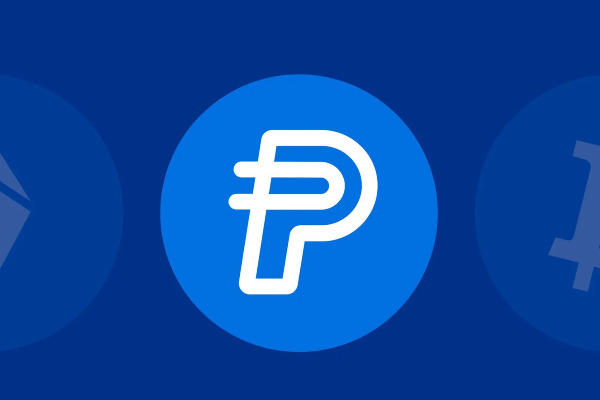
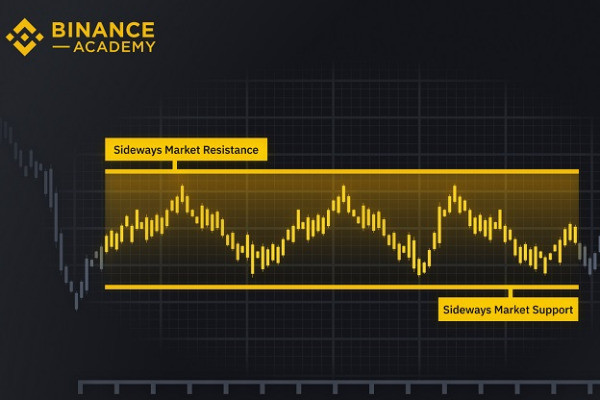
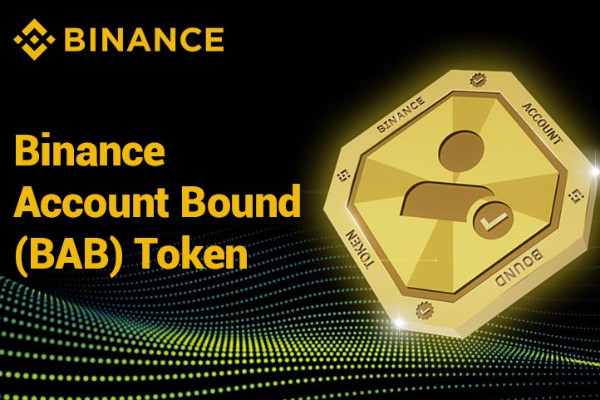
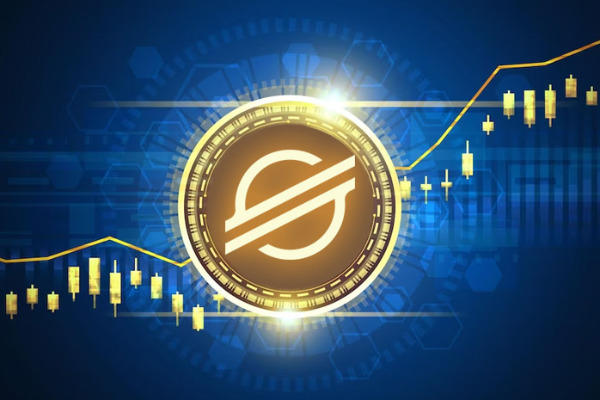
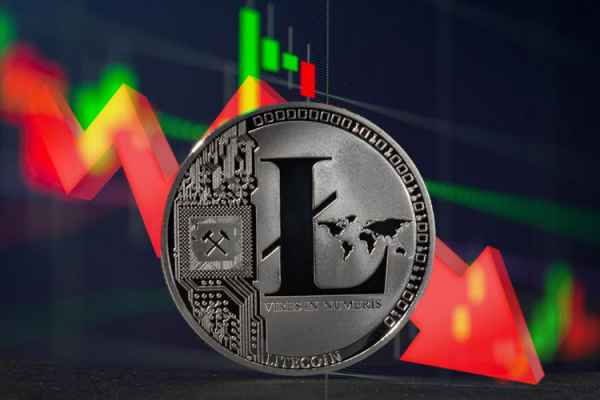

 Bitcoin
Bitcoin Ethereum
Ethereum Tether
Tether BNB
BNB Solana
Solana USDC
USDC XRP
XRP Dogecoin
Dogecoin Toncoin
Toncoin Cardano
Cardano